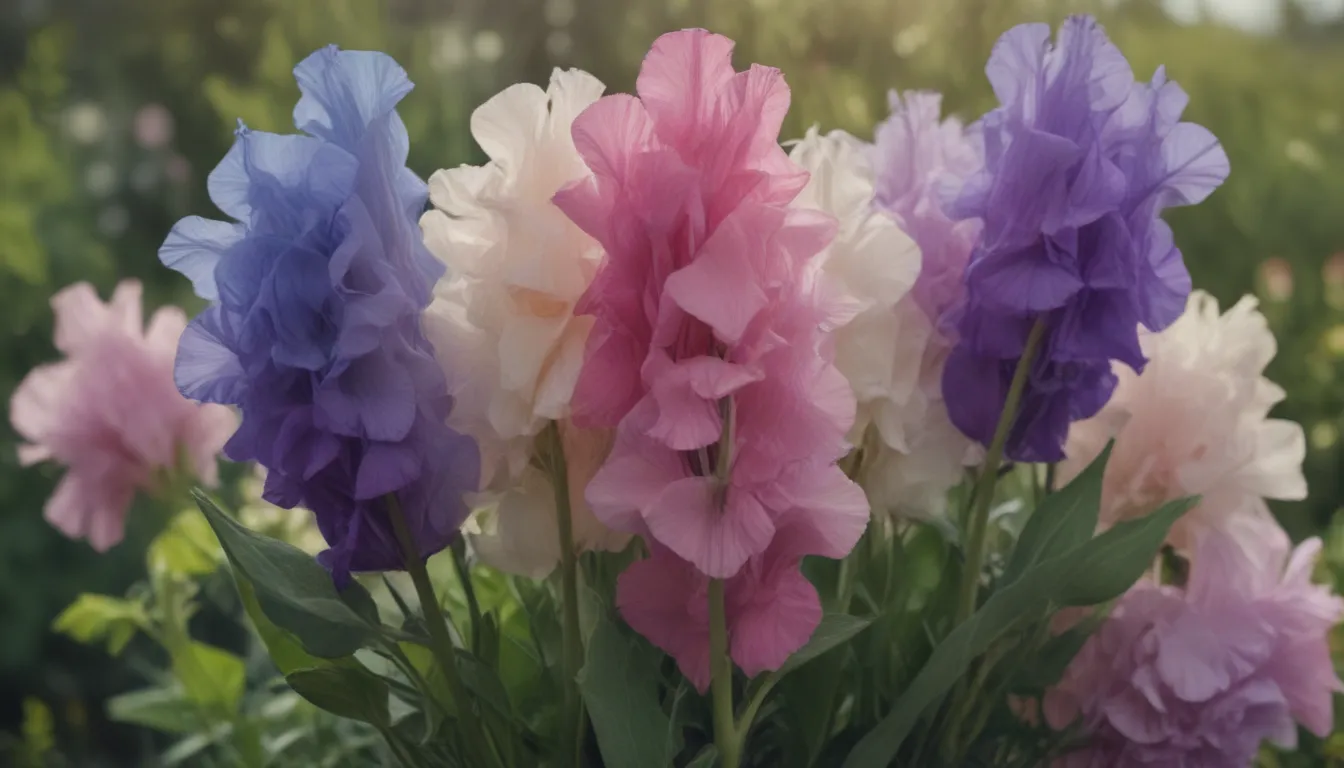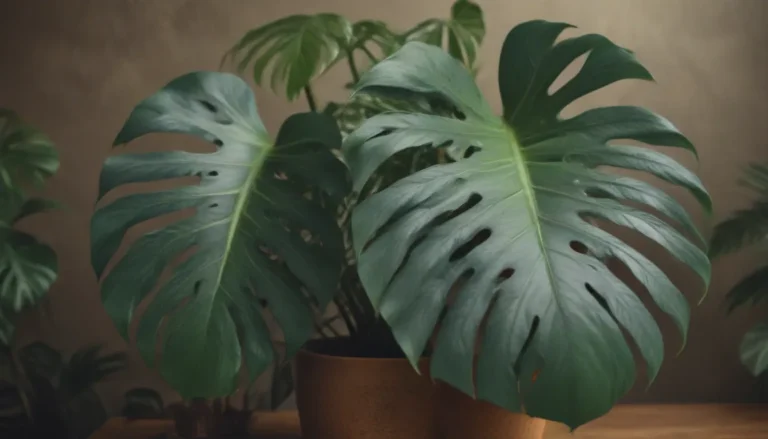Ultimate Sweet Pea Flowers: Planting, Care & Growing Guide

Welcome to the ultimate guide on sweet pea flowers! If you’re looking to add a touch of nostalgia and fragrance to your garden, sweet peas are the perfect choice. In this comprehensive guide, we will cover everything you need to know to grow and care for these beautiful flowers successfully.
About Sweet Pea Flowers
Let’s start by getting to know sweet pea flowers a little better. Sweet peas, scientifically known as Lathyrus odoratus, are climbing, flowering, sweet-smelling annuals that belong to the legume genus. Originating in the southwest of Italy and the Mediterranean islands, sweet peas have been gracing gardens since the 17th century, adding a cottage feel to any space.
Fast-growing sweet peas are an instant reminder of old-fashioned gardens, with vintage varieties selected for vibrant colors and intense fragrance. Thanks to the work of Scottish nurseryman Henry Eckford in the late 1800s, modern sweet pea cultivars now come in almost every color except yellow. The mature size of sweet pea vines typically reaches 6 to 8 feet tall, making them ideal for growing along trellises or fences for support.
Sweet Pea Care
Now that we understand a bit more about sweet pea flowers let’s dive into the main care requirements for ensuring your plants thrive:
How to Plant and Soil
- Plant sweet peas in late winter or early spring.
- Sow three seeds together about a foot apart.
- Plant seeds approximately 1 inch deep in rich, well-drained soil.
- Work compost into the soil about six weeks before planting for better blooms.
Light
- Sweet peas thrive in full sun, but a bit of afternoon shade in warmer climates can be beneficial.
Water
- Water sweet peas weekly to keep the soil moist during the growing season.
- Check soil moisture by inserting your finger an inch into the soil.
Temperature and Humidity
- Sweet peas do best when planted after the last frost in USDA zones 3-8.
- They can handle some chill but dislike sweltering temperatures.
Fertilizer
- Apply fertilizer monthly during the growing season.
- Consider using bone or blood meal to keep stems long and suitable for cutting.
Types of Sweet Peas
Sweet peas come in various cultivars, each with its unique characteristics. Some popular varieties include:
– ‘Old fashioned’
– Spencer cultivars
– ‘Bijou Group’
Pruning
To encourage more flowering stems, pinch the growing tips back by 1 inch when the plant reaches 4 inches tall. Remember, the more you cut the flowers, the more blooms you should get. Deadhead spent flowers to promote continued blooming.
Propagating Sweet Pea
While sweet peas are best grown from seeds, you can also use seedling cuttings in the early spring to produce more plants.
How to Grow Sweet Pea From Seed
Sweet peas are usually direct sown, but you can start them indoors about four to five weeks before the last frost date for an early start. Seed can also be sown outdoors once the ground has warmed up. Sweet pea vines have tendrils and will attach to any support with ease, making them very versatile in the garden.
Potting and Repotting Sweet Pea
For those wanting to bring sweet peas indoors, potting and repotting can be a straightforward process. Here are the steps:
– Remove the nursery plant from its container.
– Brush off excess soil from the roots.
– Place the plant into a larger planter.
– Repot the soil back into the planter, pressing down to remove air bubbles.
Common Pests and Problems
While sweet peas are relatively low-maintenance, a few pests and problems can still arise. Keep an eye out for aphids, mites, pea moths, and slugs or snails. Proper care and vigilant monitoring can help prevent these issues from becoming severe.
How to Get Sweet Peas to Bloom
To encourage more blooms on your sweet pea plants, follow these tips:
– Provide at least six to eight hours of sunlight daily.
– Protect the plant from hot, sweltering sun with shade if needed.
– Use fertilizer or amendments higher in phosphorus to promote flowering.
In conclusion, growing sweet pea flowers can add a charming touch to your garden with their vibrant colors and sweet fragrance. By following the guidelines provided in this comprehensive guide, you can enjoy a bountiful display of sweet peas in your garden. Happy gardening!





